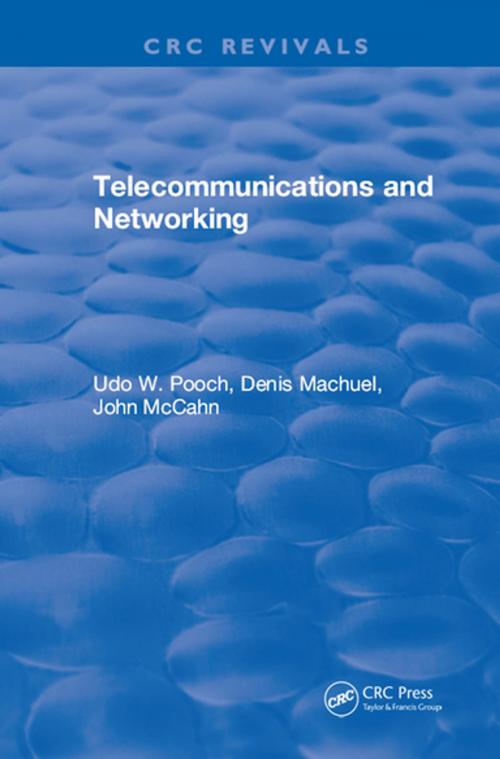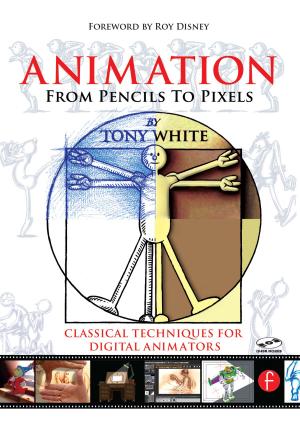| Author: | Udo W. Pooch | ISBN: | 9781351094009 |
| Publisher: | CRC Press | Publication: | May 4, 2018 |
| Imprint: | CRC Press | Language: | English |
| Author: | Udo W. Pooch |
| ISBN: | 9781351094009 |
| Publisher: | CRC Press |
| Publication: | May 4, 2018 |
| Imprint: | CRC Press |
| Language: | English |
As the dividing line between traditional computing science and telecommunications quickly becomes blurred or disappears in today's rapidly changing environment, there is an increasing need for computer professionals to possess knowledge of telecommunications principles.
Telecommunications and Networking presents a comprehensive overview of the interaction and relationship between telecommunications and data processing. The book's early chapters cover basic telecommunications vocabulary, common nomenclature, telecommunications fundamentals, as well as the important relationships among coding, error detection and correction, and noise. Later chapters discuss such topics as switching, timing, topological structures, routing algorithms, and teleprocessing. Other topics covered in detail include specific concerns inherent to computer communications, such as protocols, error detection and correction, network monitoring and security, and system validation.
System designers and programmers can no longer be effective simply by understanding the tradeoffs between hardware and software. Telecommunications and Networking provides both computing professionals and students the fundamental computer communications concepts necessary to function in today's computer industry.
As the dividing line between traditional computing science and telecommunications quickly becomes blurred or disappears in today's rapidly changing environment, there is an increasing need for computer professionals to possess knowledge of telecommunications principles.
Telecommunications and Networking presents a comprehensive overview of the interaction and relationship between telecommunications and data processing. The book's early chapters cover basic telecommunications vocabulary, common nomenclature, telecommunications fundamentals, as well as the important relationships among coding, error detection and correction, and noise. Later chapters discuss such topics as switching, timing, topological structures, routing algorithms, and teleprocessing. Other topics covered in detail include specific concerns inherent to computer communications, such as protocols, error detection and correction, network monitoring and security, and system validation.
System designers and programmers can no longer be effective simply by understanding the tradeoffs between hardware and software. Telecommunications and Networking provides both computing professionals and students the fundamental computer communications concepts necessary to function in today's computer industry.















